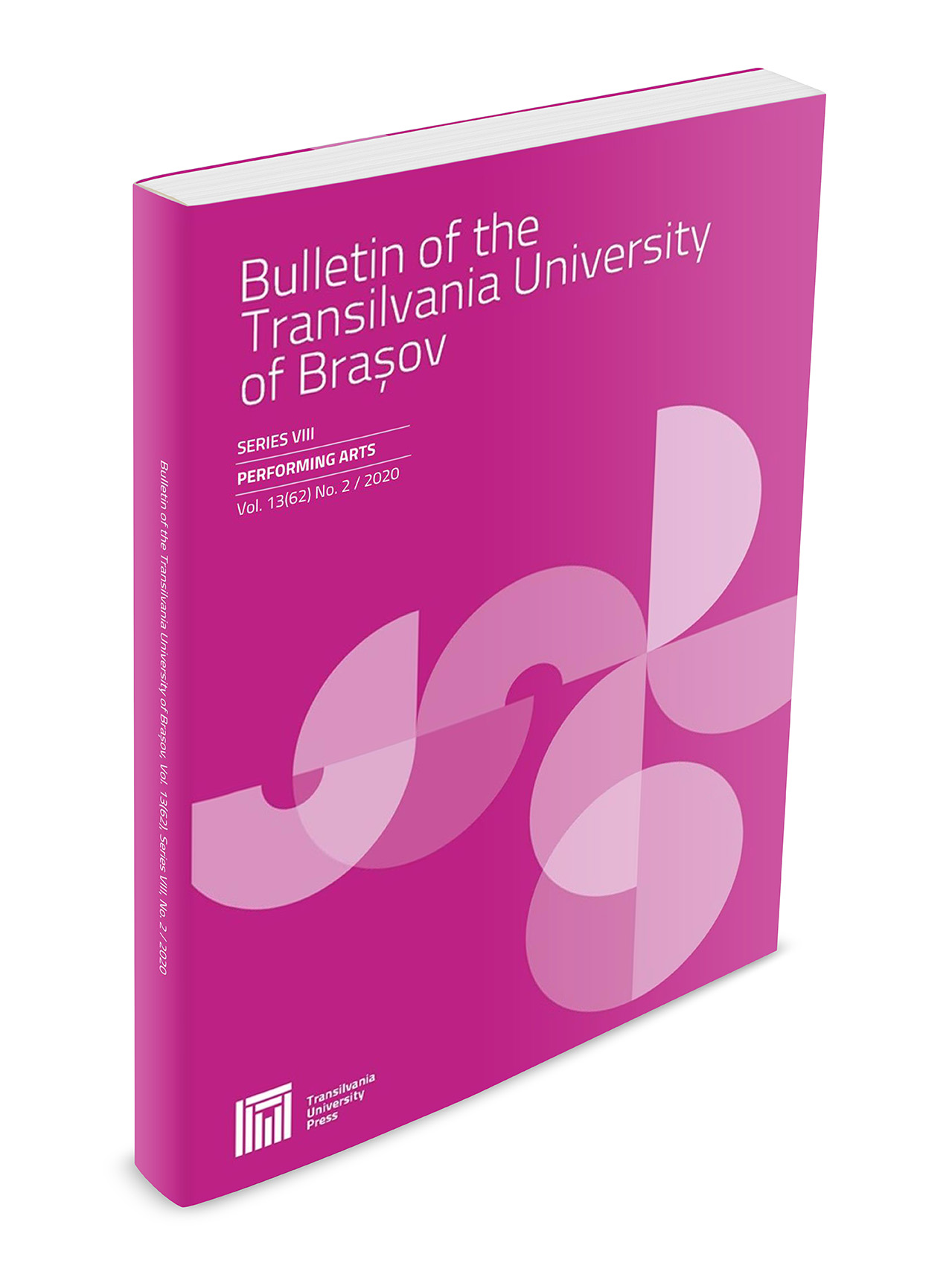Interventional highlights for children with disabilities and their families
Keywords:
children with special needs, families, subjective well–being, objective well-being, quality of life, music therapy, dance, and movement therapyAbstract
The family, the social group “whose members are related through ratios of age, marriage or adoption and live together, cooperate under the economic report and take care of their children” (Chipea, 2000), is the most important institution in every society, from the ancient till our days. The family, in Romania, is one of the most important institutions for the good existence of society, in general, as well as of each person, both being in a relationship and influenced by one another. From the functionalist point of view, the family has very important roles, being a very significant factor in every country, the importance of its existence and functionality being many times observed in crisis situations or when one of its members has a special problem or need. In children with special needs cases, the family has major importance, family is influenced by the children’s problems, on the mental, emotional, economic, and social plane, and, at the same time, remains the only or the most important support for their children. That is why it is very useful to identify some strategies to improve children with special needs and their family's situations, with therapeutic methods, such as music, dance, and movement ones, the results being much more improved, and, at the same time, the implication of the family helping the growth of their subjective and objective well-being. We want to highlight the benefits of some different methods of therapy using music and movement for children with special needs and their families, as methods for developing the individual and family’s well-being, the subjective and the objective.Downloads
Published
Issue
Section
License
Copyright (c) 2017 Bulletin of the Transilvania University of Braşov. Series VIII: Performing Arts

This work is licensed under a Creative Commons Attribution 4.0 International License.




